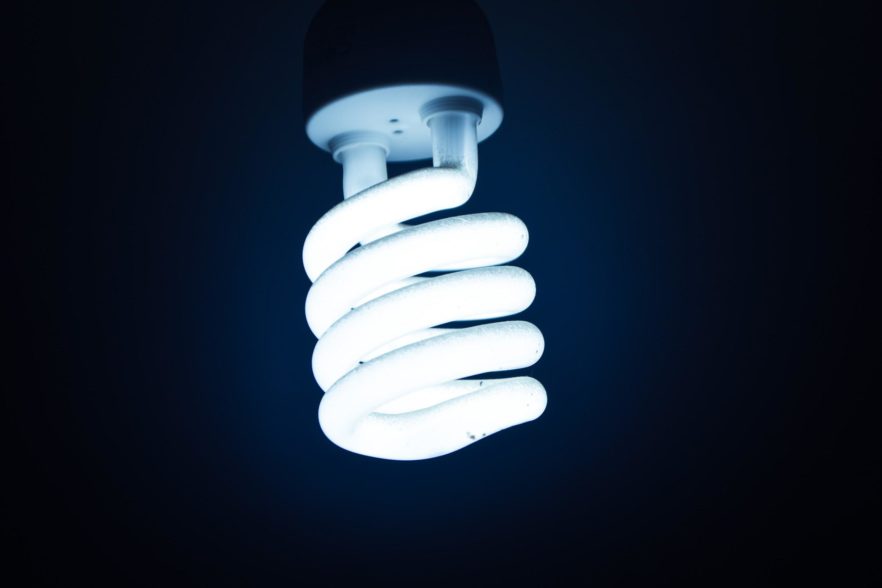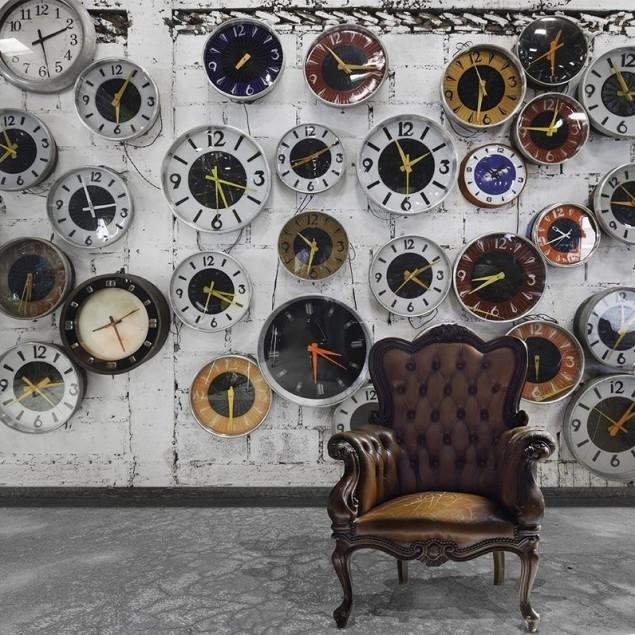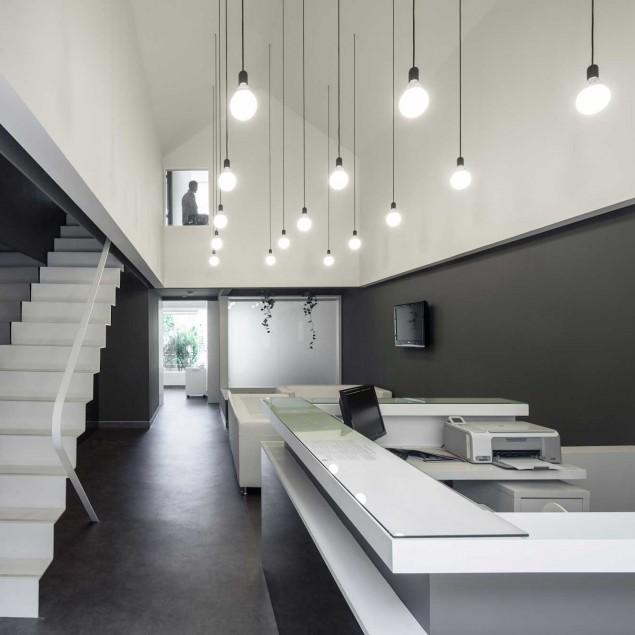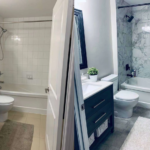LED lighting has come a long way in a short amount of time. But not too long ago, there weren’t many options for fixture styles. More recent developments in technology have allowed for a wider variety of shapes and sizes, so now you can choose from options like candles, GLS, golf balls, reflectors, spotlights, and tubes.
These come in a variety of fittings, such as screw and bayonet, and offer different lumen outputs that are comparable to standard incandescent bulbs. The price has dropped to where it’s competitive with other bulbs, and they can cut your electricity bill by a significant amount.
Have you been wanting to learn more about LED spotlights and bulbs? You are in the correct location.
This detailed guide was crafted by our team of product experts to assist you in selecting the best-LED light bulb or spotlight for your specific application. So that you can confidently make the switch to LED lighting.
Thus, let us begin the lightning journey!
LED Tube Lights
LED light tubes are intended to be direct replacements for fluorescent light tubes. The wiring and ballast for the other tube designs will need to be replaced. These come in all the standard dimensions you’d expect and are lit by a series of smaller LEDs spaced out along the length of the tube. They can mounted on walls with the help of hinges similar to Maxave cabinet hinges bulk.
Surface-Mounted Device LED
Surface Mounted Devices are a type of cutting-edge LED lighting known by their acronym. The SMD chips built into the bulbs increase their luminosity, making them a better option for both home and commercial use.
LEDs of Various Hues
LED par light China to come in three different colors—cool white, warm white, and daylight—and are universally appealing. Halogen bulbs, which produce a warm white light, are commonly used indoors. Daylight LEDs emit a color that is primarily employed to emphasize true colors, and it consists of a sterile white with a hint of blue.
COB LED
Chip-on-board (COB) LEDs are another cutting-edge innovation in lighting; they produce a more concentrated beam of light than surface-mounted diodes (SMD). Also, they have superior optics as a result. They are highly efficient because they produce more light for the same amount of electricity used.
Graphene Light
The BBC recently reported on the creation of an LED light with an LED in the shape of a filament that is coated with graphene. Being out by the end of 2015, it promised to be 10% more efficient than current LED bulbs while also being cheaper.
In 2004, two Russian scientists working at Manchester University discovered graphene’s use in lighting, and since then it has been a constant battle to find new and innovative applications for the material.
LEDs for a particular purpose
LED lights may be built to suit the requirements of any given application or user. However, due to their adaptability, LEDs are increasingly being used for specialized purposes. For example, they are often seen in furniture showrooms to enhance the look or in velvet dining chair factories to make sure the right velvet shade is utilized during the manufacturing process.
However, these LEDs are broken down into the following categories based on their intended use:
- Lighting
- Alphanumeric
- Colorspace: RGB, or Red Green Blue
- Dual- and tricolor display
- Flashing
4 and 16-Segment LED
These displays, also known as star-burst displays, are efficient because they can show any uppercase letter of the Roman alphabet, as well as the numbers zero through nine.
Both the 4- and 16-segment types function in the same way, with the 16-segment model differing primarily in the presence of a break on the top and bottom bars, which improves the visual appeal of the displayed characters.
Standard and Inorganic Light-Emitting Diodes
It is made from inorganic materials and is offered in a conventional method with an integrated diode. Compound semiconductors such as gallium arsenide phosphide, aluminum gallium arsenide, and many others form the basis of the most widely used LEDs. The materials determine LEDs’ output color temperature they’re made from.
These LEDs take the form of a miniature LED, which is used to symbolize the various LED panel formats and types. Even further, it can be classified as inorganic LED, which includes a wide variety of LED styles, such as surface-mounted LEDs, flashing LEDs, and multicolor and bicolor LEDs.
All are able to be powered by variable voltages, single-color LEDs in 5mm, and an alphanumeric LED display. Inorganic light-emitting diodes of this type are expected to be produced in large quantities.
Conclusion
Some manufacturers claim that LED lighting can reduce energy costs by as much as 90% compared to traditional incandescent bulbs. LED technology is amongst the major innovations in green energy that has taken place over the past few years, and research is beginning to develop bulbs that are both more efficient and less expensive. This has the potential to make a significant difference in the future for people’s monthly bills.








